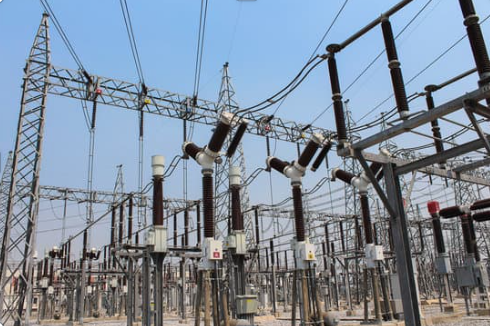Currently, safety for the environment and sustainability have become paramount concerns for industries operating with greenhouse gases. Among these gases, sulfur hexafluoride is known for its powerful insulation capabilities in electrical equipment but also for its significant global warming impact. With heightened restrictions on emissions, the need for efficient leak detection is more vital than ever. This is where advanced SF6 leak detection camera technology comes into play.
An SF6 detection camera utilizes state-of-the-art infrared imaging techniques to identify and detect leaks of this difficult-to-find gas. By gathering the distinct infrared signatures emitted by SF6, these cameras allow experts to detect even the most minute leaks swiftly and correctly, reducing environmental effects and enhancing operational safety. Understanding how this technology functions and its importance in detecting leaks not only highlights its significance in energy and utility sectors but also demonstrates a major progress in addressing climate change.
Comprehending SF6 and Its Uses
Sulfur hexafluoride, commonly known as SF6, is a colorless, odorless gas that is widely used in the power industry due to its superb insulating properties. It is especially effective at stopping electrical discharges and arcing in HV equipment, which makes it the preferred choice for insulating switchgear, circuit breakers, and transformers. The distinctive properties of SF6 allow for more compact designs in electrical systems, contributing to the efficiency and dependability of power distribution networks.
In parallel with its function in the power industry, SF6 has applications in various additional industries. It can be used in the production of semiconductors, where it acts as a etching gas. The gas is also employed in medical applications, such as in ultrasound imaging, where it serves as a contrast agent because of its elevated density and stability. As industries endeavor to enhance their processes and technologies, the need for efficient leak detection methods for SF6 has become increasingly important.
However, it is crucial to recognize that SF6 has environmental implications. It represents a potent greenhouse gas with a global warming potential significantly higher than carbon dioxide, rendering its leakage a major concern. As such, innovations in leak detection technology, particularly the development of SF6 leak detection camera s, have emerged as vital tools in reducing its environmental impact. These cameras enable precise identification of leaks, helping industries manage their SF6 usage effectively.
The way sulfur hexafluoride Detection Cameras Work
Sulfur hexafluoride leak detection cameras use sophisticated IR technology to identify leaks of sulfur hexafluoride, a potent GHG used in various industrial applications. These cameras are designed to spot the IR signals released by SF6 particles, which are unique compared to other gases. When SF6 is found in the air, it captures infrared radiation, resulting in a detectable thermal signature that the camera can record.
The cameras are fitted with sensitive infrared detectors that can render visible the gas even in low concentrations. When the camera is pointed toward an location where a leak is suspected, it assesses the thermal visual and highlights areas where SF6 is present. The detection process is non-invasive, enabling for real-time monitoring free from the need for interference or disruption of the system being inspected.
Besides their detection capabilities, SF6 gas monitoring cameras often come with applications that helps measure the leak rate and evaluate the extent of the leak. This information is essential for maintenance and safety operations, enabling companies to take immediate action to mitigate environmental impact and improve safety standards. The integration of these cameras within routine inspections enhances general system reliability and supports compliance with environmental regulations.
Advantages of Utilizing SF6 Camera Technology
Utilizing SF6 camera technology delivers significant benefits in the detection of leaks, especially in high-voltage applications. One of the primary advantages is its capability to identify and visualize SF6 gas emissions without the need for the necessity for physical contact with machinery. This lowers the chance of incidents and enhances safety for workers operating in close proximity to high-voltage assets. The camera supplies immediate imagery, allowing for quick assessment and response to potential leaks.

A further key benefit is the efficiency and accuracy of leak detection. SF6 cameras employ advanced infrared technology to capture even the slightest emissions. This precision reduces false positives and ensures that maintenance teams can concentrate their efforts on real leaks, leading to more effective and prompt repairs. By rapidly pinpointing leaks, organizations can significantly minimize the ecological impact of SF6 gas and enhance compliance with regulations.
Adopting SF6 camera technology can also lead to financial savings in the long term. Early detection of leaks can prevent extensive damage to machines and avoid costly downtime. Additionally, responsible management of SF6 gas not just helps in reducing GHG emissions but also contributes to lower running costs, as companies can maximize their use of gas and avoid penalties related to environmental regulations. Overall, adopting this cutting-edge technology positions companies to better manage their resources and improve their sustainable practices.
